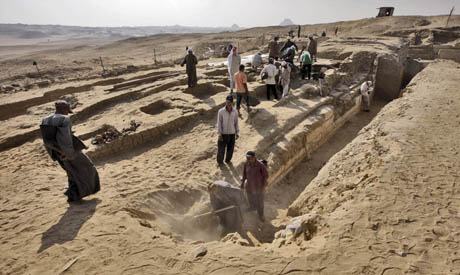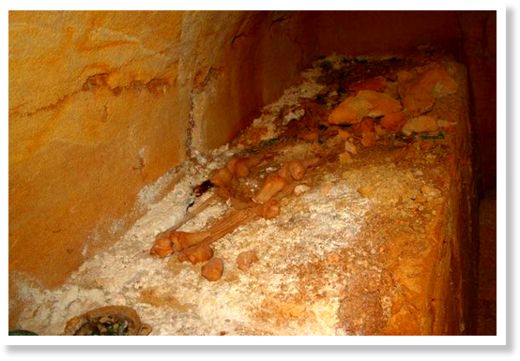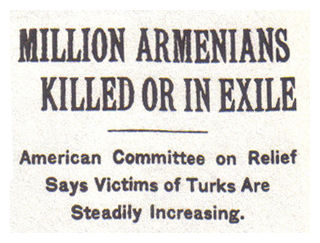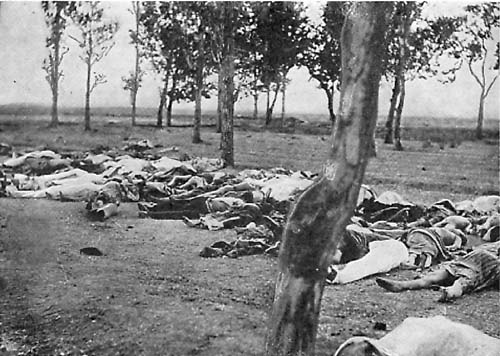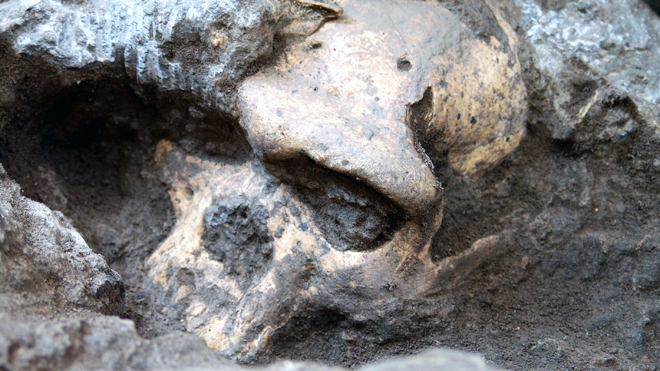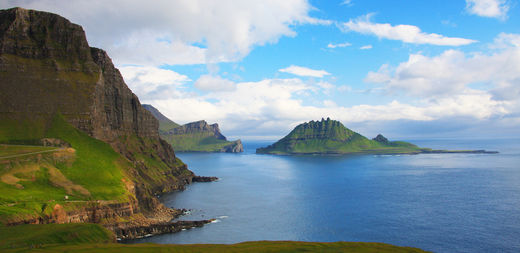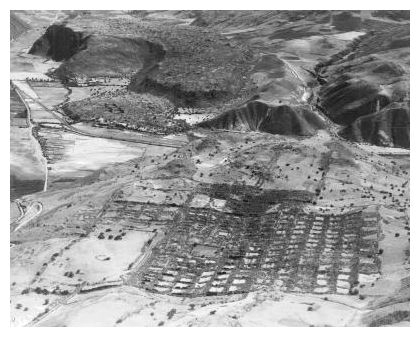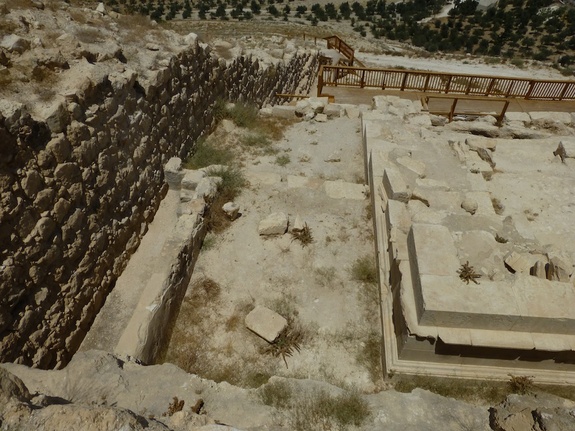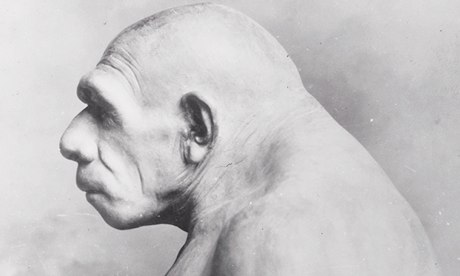
It was the tell-tale tartar on the teeth that told the truth. Or at least, that is what it appeared to do. Researchers - after studying calcified plaque on Neanderthal fossil teeth found in El Sidrón cave in Spain - last year concluded that members of this extinct human species cooked vegetables and consumed bitter-tasting medicinal plants such as chamomile and yarrow.
These were not brainless carnivores, in other words. These were smart and sensitive people capable of providing themselves with balanced diets and of treating themselves with health-restoring herbs, concluded the researchers, led by Karen Hardy at the Catalan Institution for Research and Advanced Studies in Barcelona. Our vision of these long-extinct people needs adjusting, they argued.
But now this tale of ancient tartar has taken a new twist with two researchers at London's Natural History Museum challenging the Barcelona group's conclusions. Dental research does not prove that Neanderthals were self-medicating, vegetable-eating sophisticates, one told the Observer. There are other, equally valid but decidedly more grisly explanations to account for those microscopic fragments of herbs and plants found in Neanderthal teeth.
